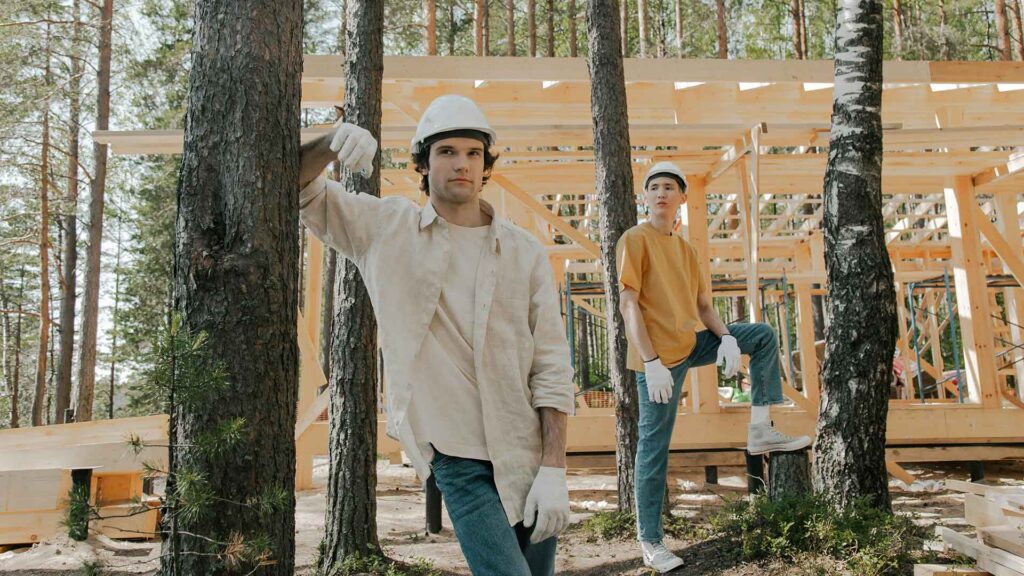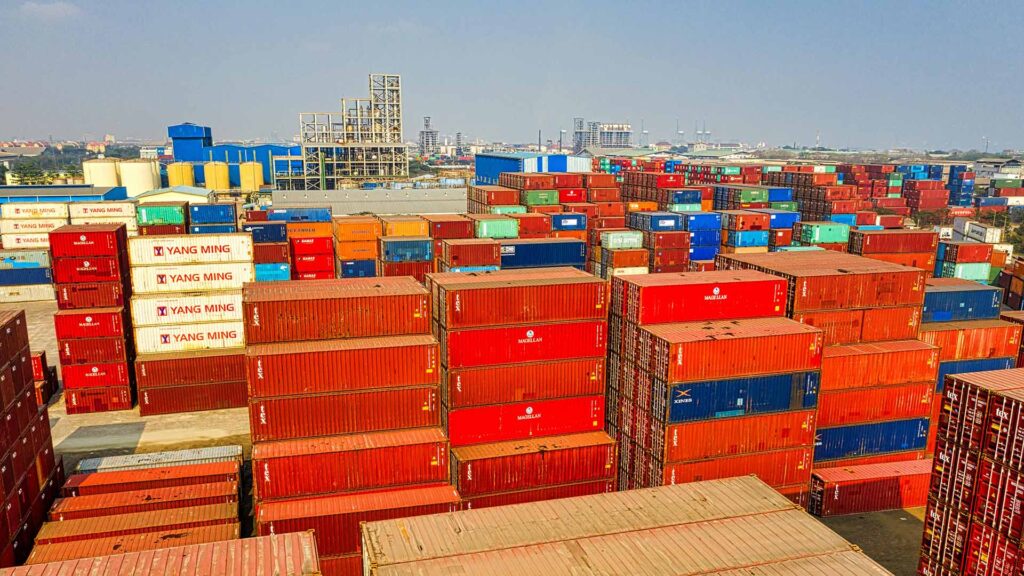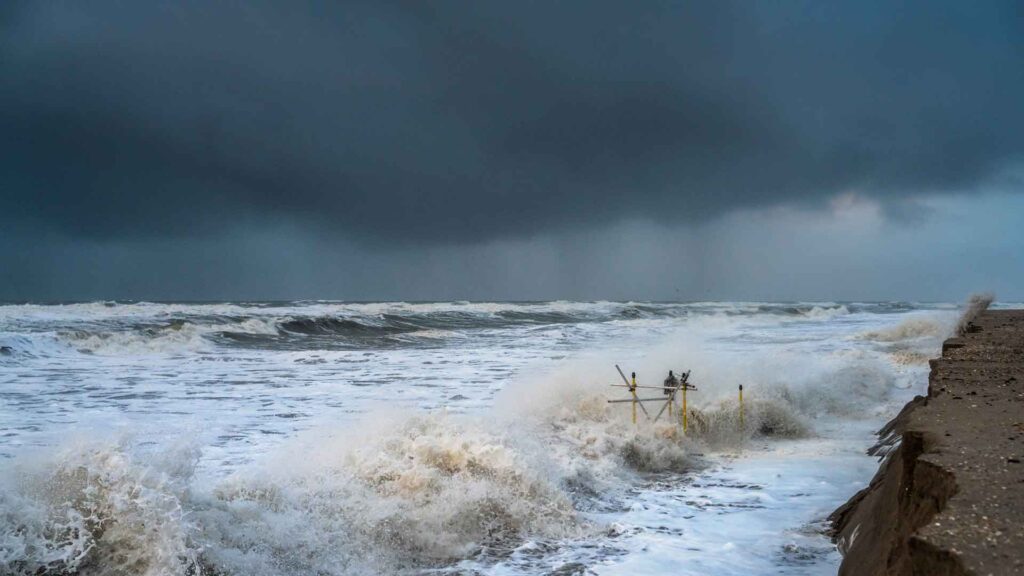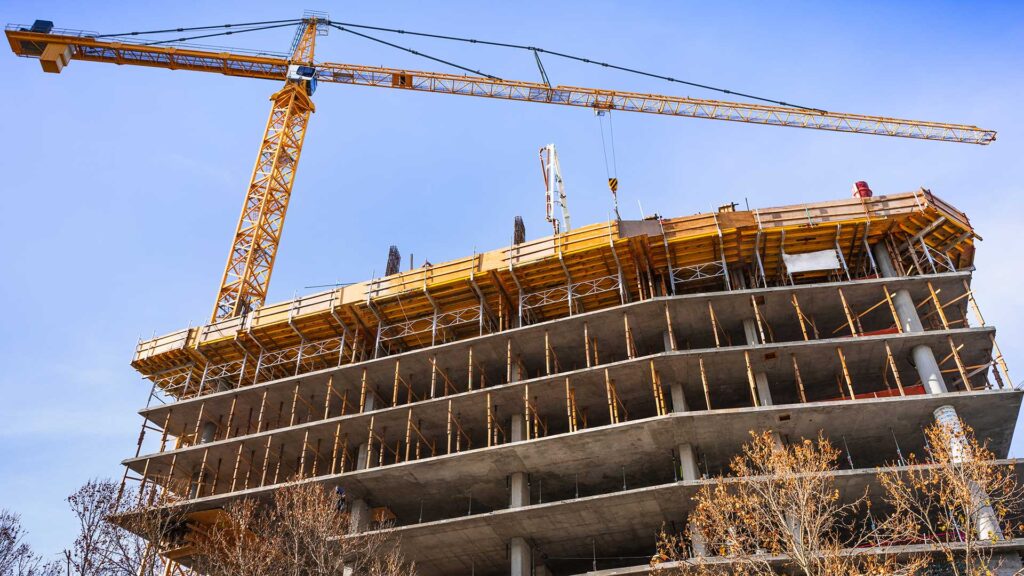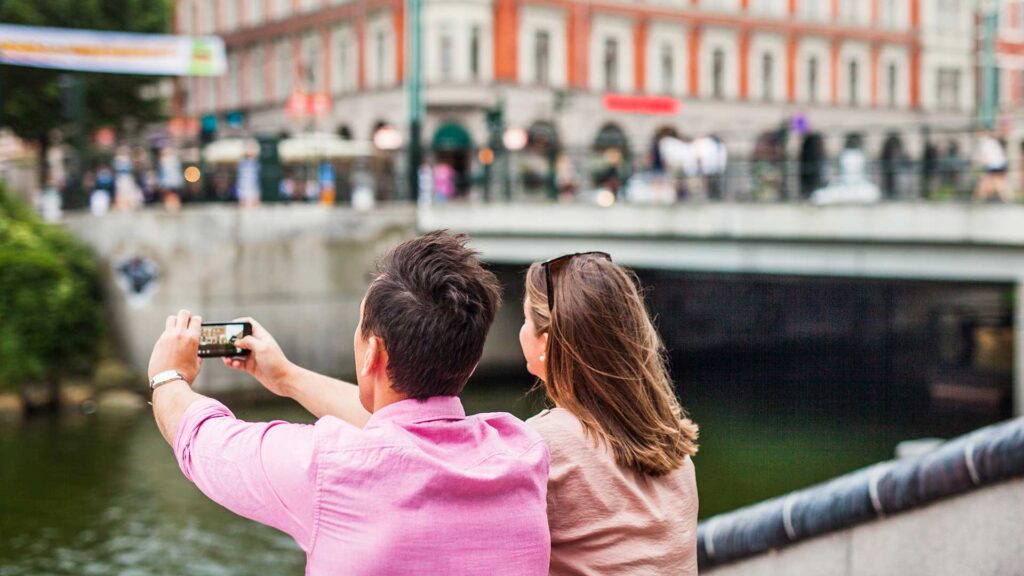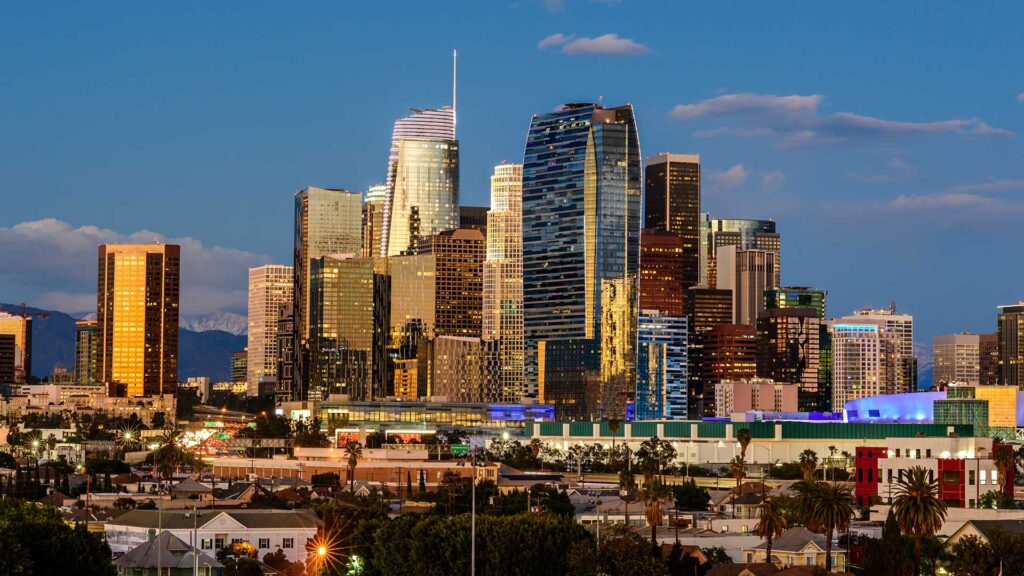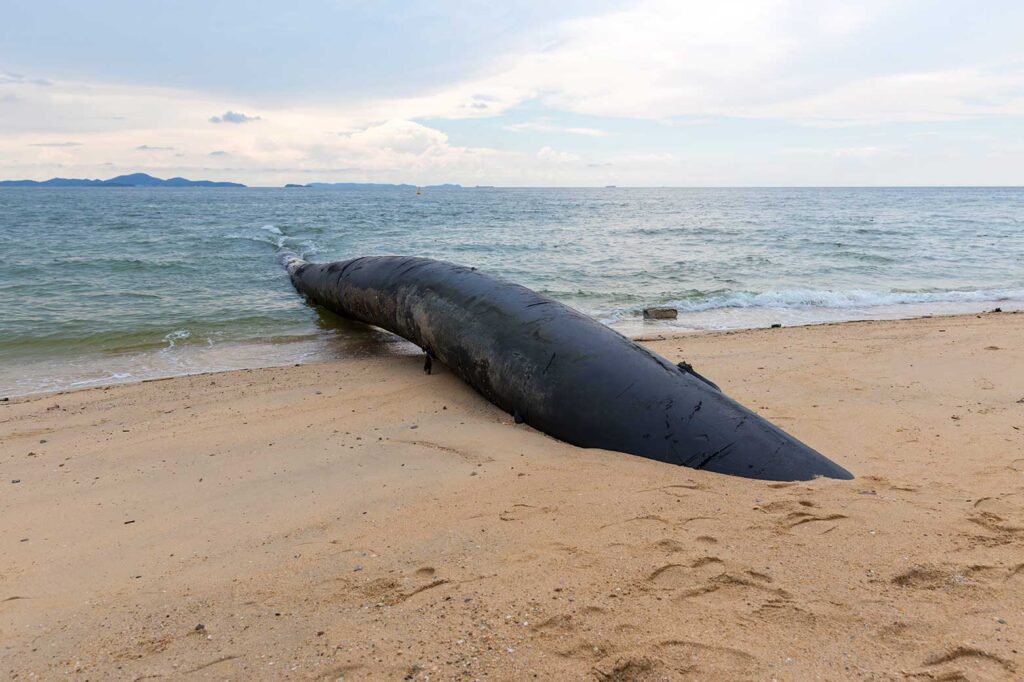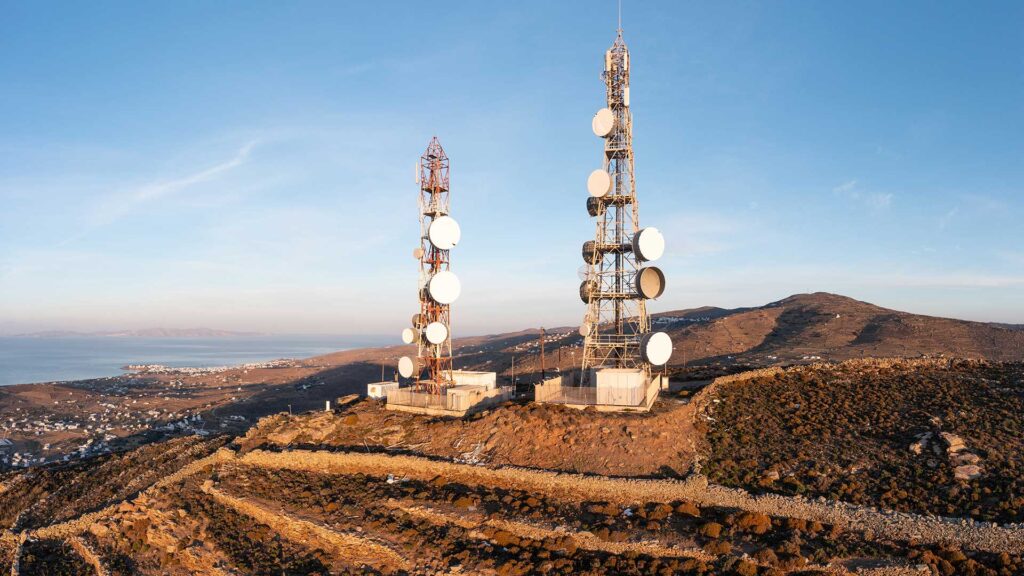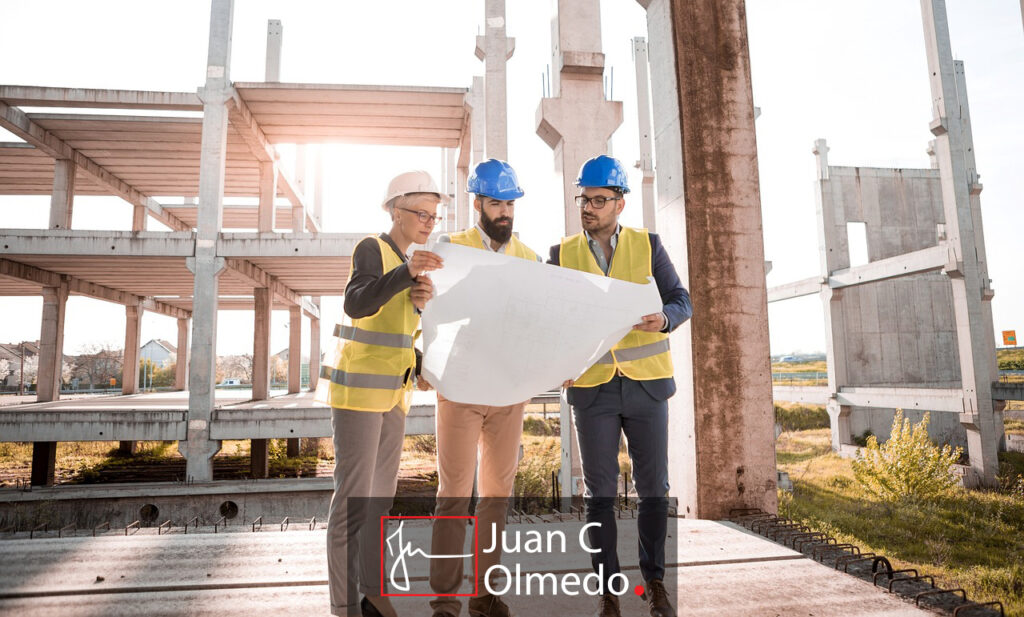The Impact of Mass Tourism: Balancing Economic Gains and Local Well-Being
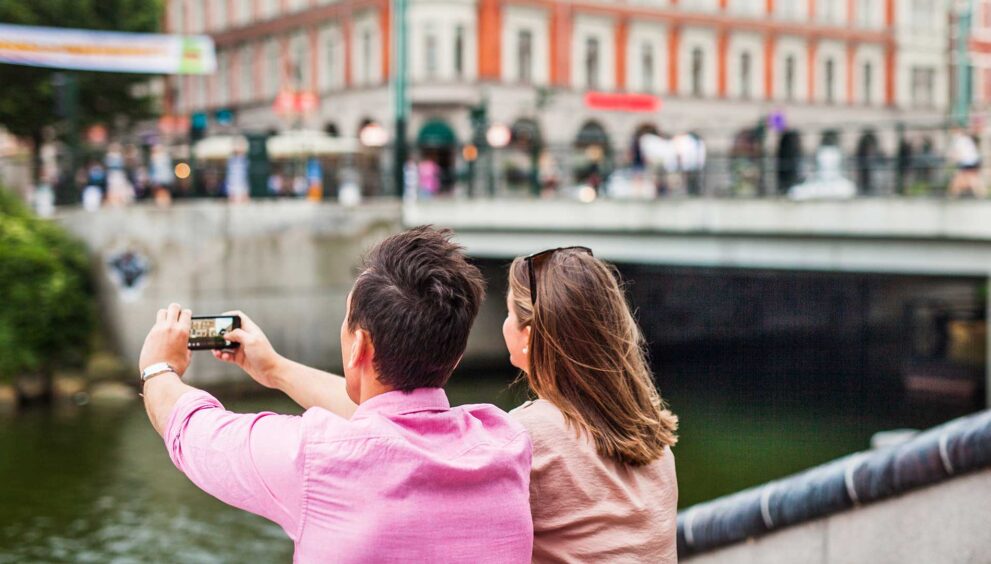
Mass tourism has become a defining feature of the global travel industry, turning idyllic locations into thriving centers of economic activity. From the ancient streets of Rome to the pristine beaches of Bali, millions of visitors flock to these destinations every year, bringing with them a surge of economic benefits. However, the influx of tourists also presents significant challenges for local communities, leading to a complex relationship between economic prosperity and the well-being of residents. In this article, we delve into the multifaceted impact of mass tourism and explore strategies to achieve a harmonious balance between economic gains and the preservation of local quality of life.
1. The Effects of Mass Tourism
1.1 Housing Costs
One of the most pronounced effects of mass tourism is the dramatic increase in housing costs. The phenomenon can be vividly observed in Barcelona, Spain—a city that has become a symbol of the struggle between tourism-driven economic growth and local displacement. Often referred to as the “Barcelona Paradox,” the city has seen a surge in demand for housing, driven by tourists seeking short-term rentals. This demand has inflated rents, making it increasingly difficult for locals to afford housing. As a result, long-term residents are being pushed out of their neighborhoods, leading to gentrification and the erosion of the city’s cultural identity.
1.2 Infrastructure Strain
The strain on infrastructure is another significant consequence of mass tourism. Popular tourist destinations frequently grapple with overcrowded streets, congested public transport systems, and overburdened utilities. Cities like Venice and Dubrovnik, which attract millions of visitors each year, face the daunting task of maintaining infrastructure that can adequately serve both residents and tourists. The wear and tear on public spaces, increased traffic, and the constant pressure on water and energy supplies are just a few examples of how mass tourism can overwhelm local infrastructure.
1.3 Environmental Degradation
Perhaps the most concerning impact of mass tourism is its contribution to environmental degradation. The ecological footprint of millions of tourists is felt across the globe, from the overdeveloped coastlines of the Maldives to the pollution-choked canals of Venice. In fragile ecosystems, the construction of hotels, resorts, and other tourist facilities often leads to deforestation, habitat destruction, and the depletion of natural resources. Moreover, the waste generated by tourists, coupled with the carbon emissions from increased transportation, poses a significant threat to the environment. These impacts not only diminish the natural beauty of these destinations but also endanger the very ecosystems that make them attractive to visitors in the first place.

2. Local Perspectives: Voices from the Community
2.1 Frustration and Discontent
The voices of local residents paint a vivid picture of the social costs of mass tourism. In many destinations, locals express frustration over the noise, overcrowding, and loss of community identity that accompany the influx of tourists. The sentiment of “Tourists, go home!” has become increasingly common in cities like Barcelona, where protests have erupted in response to the growing discontent. Residents feel that their daily lives are being disrupted, with the constant presence of tourists turning once peaceful neighborhoods into chaotic hubs of activity.
2.2 Emotional Toll
Beyond the physical and economic impacts, mass tourism also takes an emotional toll on local communities. The constant influx of visitors can lead to stress, anxiety, and fatigue among residents, who struggle to maintain their quality of life amid the chaos. The transient nature of tourism means that locals often feel like strangers in their own homes, as the sense of community is eroded by the revolving door of visitors. This emotional strain can lead to a decline in mental health and overall well-being, further exacerbating the challenges faced by those living in popular tourist destinations.
3. Economic Benefits vs. Social Costs
3.1 Maximizing Economic Gains
Despite the challenges, it is undeniable that tourism plays a crucial role in the economic growth of many cities and regions. Tourism revenue is often a significant source of income, funding public services, infrastructure projects, and local businesses. To maximize these economic gains while minimizing the negative impacts on local communities, strategic planning is essential. Cities must find ways to balance the influx of tourists with the needs of residents, ensuring that the benefits of tourism are equitably distributed and that local cultures are preserved.
3.2 Minimizing Negative Consequences
One approach to achieving this balance is to prioritize local employment and ensure that tourism dollars benefit the community directly. Encouraging businesses to hire residents and invest in vocational training can create job opportunities and help locals to thrive in a tourism-driven economy. Additionally, promoting small, locally-owned businesses over large, multinational corporations can ensure that the economic benefits of tourism are felt at the grassroots level.
4. Sustainable Tourism Practices
4.1 Limiting Cruise Ship Arrivals
Cruise tourism, in particular, has been a major contributor to the strain on both infrastructure and the environment. The arrival of massive cruise ships, each carrying thousands of passengers, can overwhelm small cities and fragile ecosystems. Limiting the number of cruise ships allowed to dock in popular destinations can reduce congestion and mitigate environmental damage. By promoting smaller, more sustainable vessels, cities can offer a more authentic and environmentally-friendly experience to visitors.
4.2 Responsible Travel
Educating tourists about responsible travel is another key aspect of sustainable tourism. By encouraging visitors to respect local customs, minimize waste, and support local businesses, destinations can foster a culture of tourism that benefits both travelers and residents. Campaigns that promote sustainable practices, such as reducing plastic use and choosing eco-friendly accommodations, can help mitigate the environmental impact of tourism.
4.3 Community-Based Tourism
Community-based tourism offers a powerful alternative to traditional mass tourism. By involving local communities in the planning and execution of tourism activities, destinations can create more meaningful and sustainable experiences for visitors. Homestays, cultural exchanges, and community-led tours allow tourists to connect with local people and gain a deeper understanding of the culture and environment they are visiting. This approach not only empowers local communities but also helps to preserve cultural heritage and protect natural resources.
5. Policy and Regulation
5.1 Zoning Laws
Effective zoning laws are crucial for managing the impact of mass tourism. By designating specific areas for tourism and residential use, cities can ensure that commercial interests do not overshadow the needs of local communities. Strategic zoning can help maintain a balance between tourist activities and the preservation of local neighborhoods, preventing the unchecked spread of tourist infrastructure into residential areas.
5.2 Taxation
Implementing tourist taxes is another strategy for managing the impact of mass tourism. These taxes can be used to fund infrastructure improvements, environmental conservation efforts, and social programs that benefit local communities. By directing tourism revenue toward mitigating the social costs of tourism, cities can create a more sustainable and equitable model of tourism.
5.3 Community Involvement
Finally, involving local communities in the decision-making process is essential for creating policies that reflect the needs and desires of residents. Participatory decision-making ensures that the voices of locals are heard and that tourism policies are designed with their well-being in mind. By empowering communities to shape the future of tourism in their regions, cities can create a more harmonious relationship between tourists and residents.
Conclusion
Mass tourism does not have to be a zero-sum game. By prioritizing sustainability, community well-being, and effective governance, we can create a future where tourism enriches lives without compromising the essence of our cherished destinations. Through thoughtful planning, responsible travel, and the active involvement of local communities, it is possible to strike a balance between the economic benefits of tourism and the preservation of local quality of life. As we move forward, let us work together to build a tourism industry that is not only economically vibrant but also socially and environmentally sustainable.


 English
English 
















